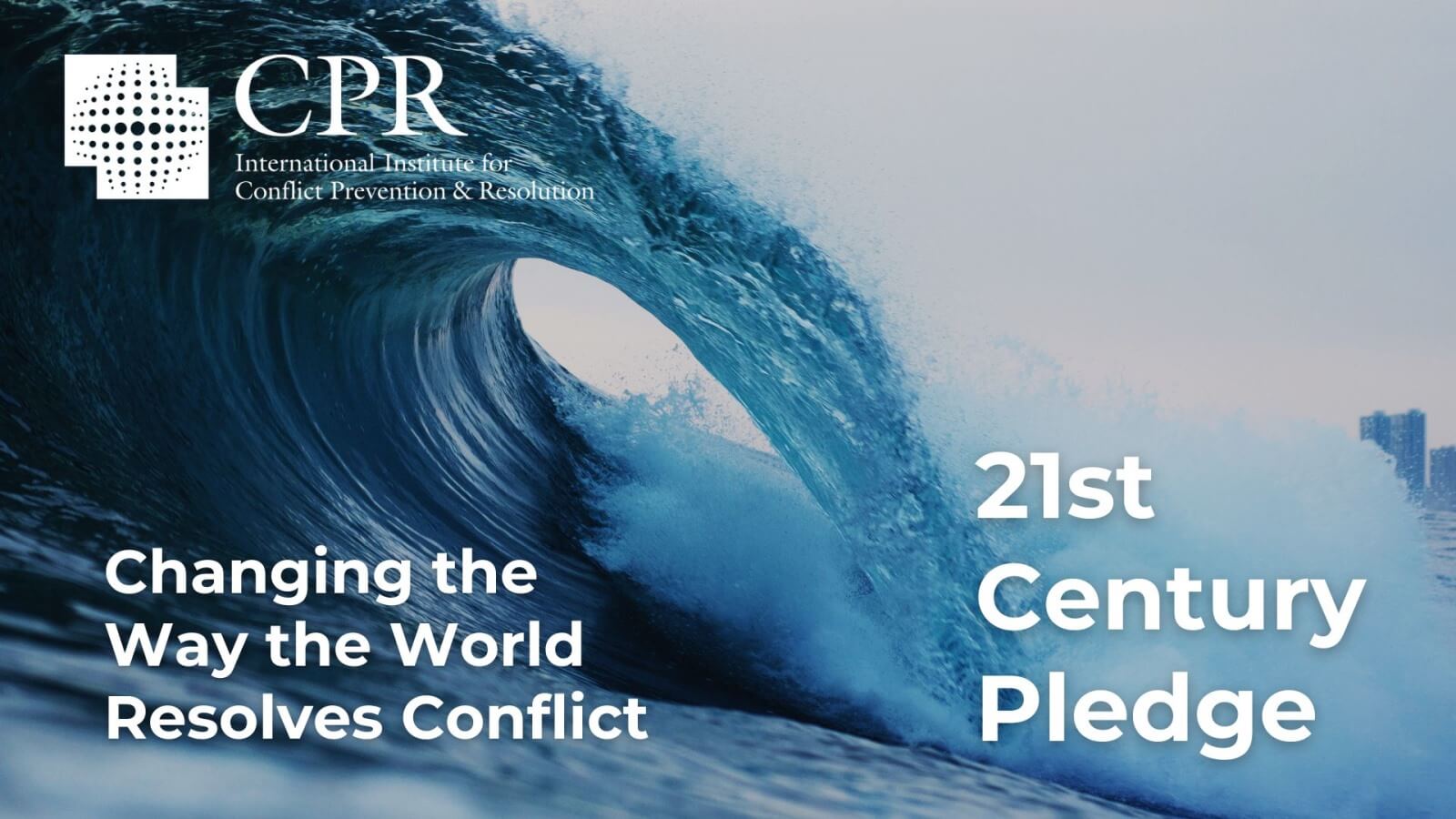Early Case Assessment Guidelines
CPR’s Early Case Assessment Toolkit outlines a simple conflict management process designed to facilitate more informed and expedited decision-making at the early stages of a dispute. The process calls for a team working together in a specified time frame to gather the key facts of the dispute, identify the key business concerns, assess the various risks and costs the dispute poses for the company, and make an informed choice or recommendation on how to handle the dispute.
While one of the possible recommendations could be to settle or resolve the dispute, CPR wishes to emphasize that these Guidelines are not about settlement, although that could be one possible outcome of Early Case Assessment. Instead, these Guidelines focus on evaluating the dispute so that an appropriate strategy can be formulated, whether that is settlement, full-bore litigation, or something in between, with an eye toward reducing or eliminating disputes as soon and as inexpensively as possible.
Benefits of Utilizing Early Case Assessment
In today’s highly litigious business climate there are numerous business and legal trends supporting the use of Early Case Assessment. These trends include an increasing volume of claims and litigation, the increasing complexity and protraction of claims, and the resulting higher legal fees and settlements. In this climate, many legal departments have worked to develop new definitions of “value” and “win” by treating disputes as a business process, and protracted litigation as a defect to be remedied. One effective tool for controlling disputes and reducing or eliminating litigation is the Early Case Assessment process.
There are numerous potential benefits of implementing an Early Case Assessment program, including:
-Enhanced, early case analysis
-Enhanced, early risk identification and analysis
-Enhanced, early evaluation of potential end-game solutions
-Enhanced ability to gauge business needs and solutions, and improved client relations
-A reduction in legal costs and expenses
-A reduction in settlement and resolution costs
-A reduction in the “claim-through-resolution” cycle time
Successful Early Case Assessment
The growing adoption of Early Case Assessment programs arises from the mandate of in-house legal departments to better and more effectively manage litigation, in terms of outcome and cost, and to do so with better calculation of the business interests and objectives implicated by that litigation.
In addition, in-house legal departments have at their disposal more and better tools for gathering necessary data to assess litigation risks and solutions, measure progress, communicate lessons learned, and track successful strategies and solutions. Early identification of risks, business prerogatives, likely outcomes, and potential alternative resolutions should be a part of every Early Case Assessment program.
Utilizing the CPR Early Case Assessment Guidelines
CPR’s Early Case Assessment Guidelines provide a structured approach for conducting early evaluation of a dispute. It is intended to be a flexible tool that may be adjusted by in-house counsel to meet the particular needs of their business. It can be applied in whole or part depending on dispute circumstances to conduct early, rapid and consistent analysis of a dispute to find the most effective resolution path geared toward limiting corporate expenditures, serving business concerns and utilizing the most appropriate conflict resolution proces.
Many companies employ a computerized matter management system for purposes of tracking litigation, claims, government investigations, and related legal matters. The Early Case Assessment is not intended to take the place of a matter management system; however, one may usefully become a component of the other. Therefore, corporate users are encouraged to tailor these guidelines and tools to their particular needs and requirements.
The CPR Early Case Assessment Toolkit Comprises:
-A detailed, step-by-step guide for users who are less familiar with the concept of Early Case Assessment and seek a comprehensive analytical model.
-A short Executive Summary form for sophisticated users who are familiar with the elements of the Early Case Assessment process.
CPR’s Early Case Assessment Toolkit provides guidance to law departments seeking to institutionalize a mechanism to evaluate disputes at any early stage:
Early Case Assessment Toolkit (2010)
The new Early Case Assessment Toolkit for European Parties adapts CPR's previous toolkit to a European market and specifically addresses, among other developments, data protection and third-party funding which recently have had a great impact on ADR. As such, this toolkit would also be useful for parties in jurisdictions with similar data protection legislation:
Early Case Assessment Toolkit for European Parties (2024)
Related Resources:
"The Movement Toward Early Case Handling in Courts and Private Dispute Resolution" by John Lande
CPR ADR Suitability Guide featuring Mediation Analysis Screen
Early Dispute Resolution Overview and Model Rollout Presentation

